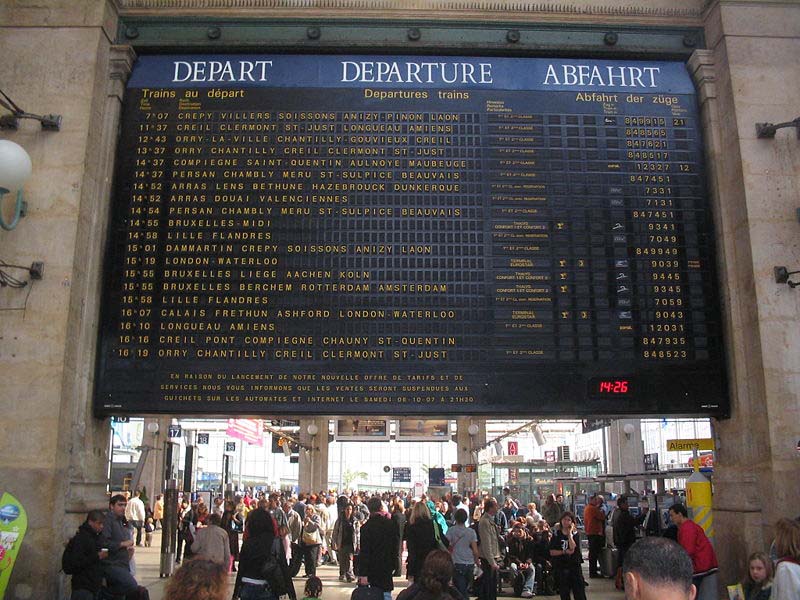Travelling by train in Europe is amazing. It is a wonderful and pleasant experience. It's cheap, and it's fast.
This is a picture depicting how exciting it is to take the trains in France:
OMG I'm so freaking excited about train travel!!
"But we have Amtrak!" you say. No. Amtrak is terrible. One time I took an Amtrak train from Boston to New York. Without explanation, they dropped all 400 passengers on a random local service platform in northern Connecticut. We had to find our way home on our own without any help from the company, and Amtrak didn't automatically issue refunds for the tickets. (To their credit, they did issue a voucher after I sent them three nasty emails.) Also, Amtrak doesn't offer direct service between the majority of U.S. cities.
So, how do you take the train in France? First, show up at the train station ON TIME. I am not good at this. On a recent trip to Strasbourg, I had a lot of time to sit around and take pictures because I missed my train by two minutes. It was long gone from the platform.
Oooh look at the pretty ceilings. Seriously, is my train here yet?
Incidentally, the era of massively increased state funding for train travel has coincided with the era of thinking that 18th-century buildings were sooo passé and the cool thing for the next two centuries would definitely be super-modern glass architecture. A lot of the train stations look like they'd make really good spaceships.
When SNCF starts offering service to space, I want to fly out of here.
Second, find your train's quai assignment. Because you're in a country with an awesome train system, there's probably more than one train going to your destination today. Don't get all enthusiastic and jump on the earliest train you see. You'll have to buy a new ticket if you do.

Picture from http://www.jug-muenster.de
Third very important step: you must "composter le billet" by sticking your train ticket into a little yellow machine to be stamped. Like many things in France, this is entirely an administrative redundancy. They check your ticket on board and clip it then, so you're not going to get by using a ticket twice. And as mentioned before, you'll probably have to buy a new ticket if you hop on an earlier or later train, so refusing to time-stamp your ticket isn't going to get you far. But the French love their administrative redundancies, so they impose a fine on everyone who forgets to stick their tickets in the machines.
This machine works 35 hours per week and can't be fired.
Fourth: get on the train! The trains are shaped like bullets because they go really fast. SNCF, the French national rail company, holds a number of high-speed records using these trains. Yours will probably go about 300 km/h though. That makes it the world's fastest passenger rail system.
Currently not zooming.
It's always nice to have a window seat, but it isn't really helpful when the train is going 300 km/h. Unless you're a really big fan of blurry French countryside. On second thought, maybe it would be really fun to sit by the window if you were an amateur impressionist painter.

"Landscape Auvers-sur-Oise" by French impressionist painter Auguste Renoir. Alternative title: "View out my window on the train from Amiens to Paris"
So enjoy your aisle seat and your massive legroom. Look, the person in front of you can't lean his seat back into your face!
Not getting smushed.
Returning from Champagne on the TGV.
One final tip: although the ride is generally quite smooth, it's much harder to balance on the train after a few glasses of champagne.







No comments:
Post a Comment